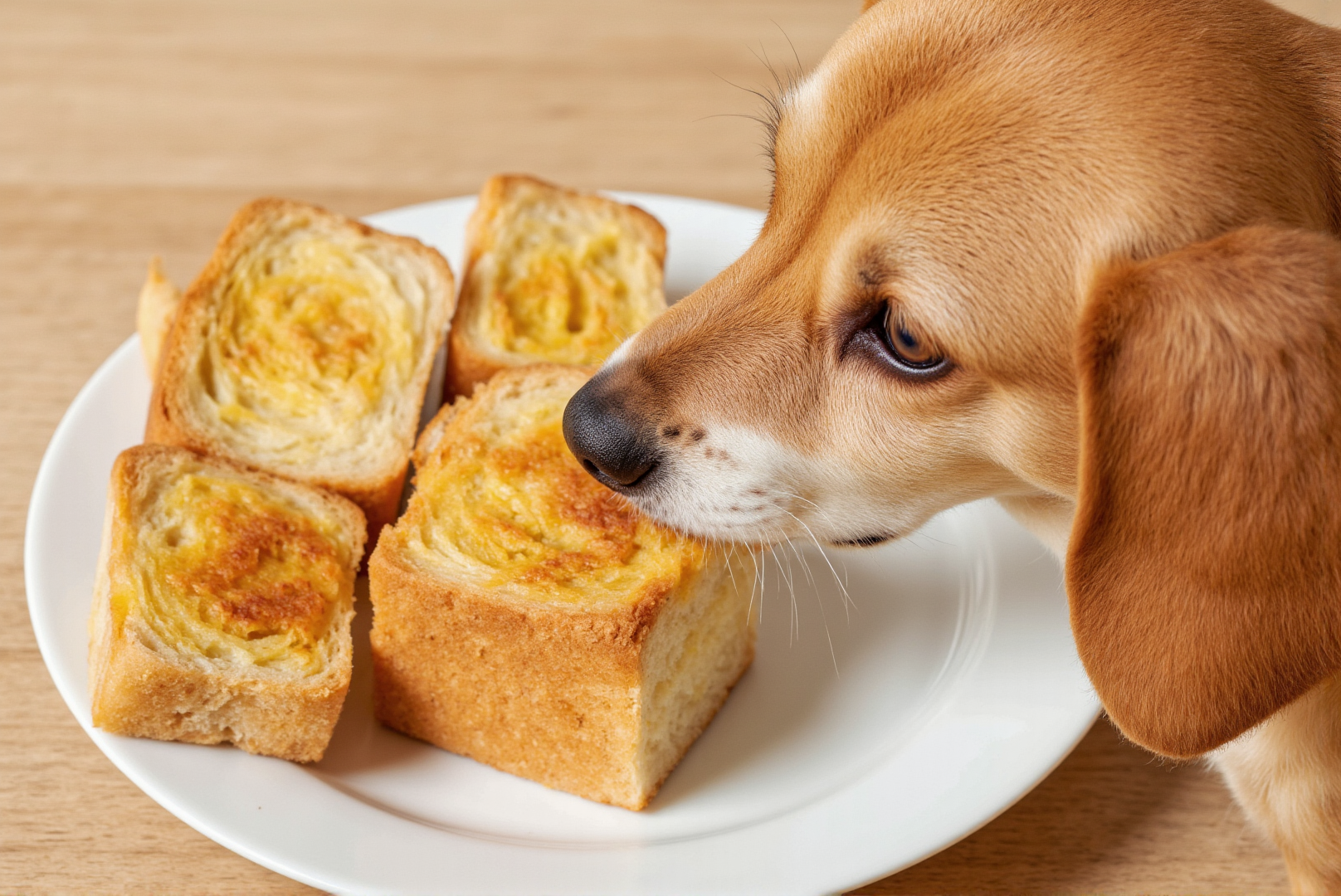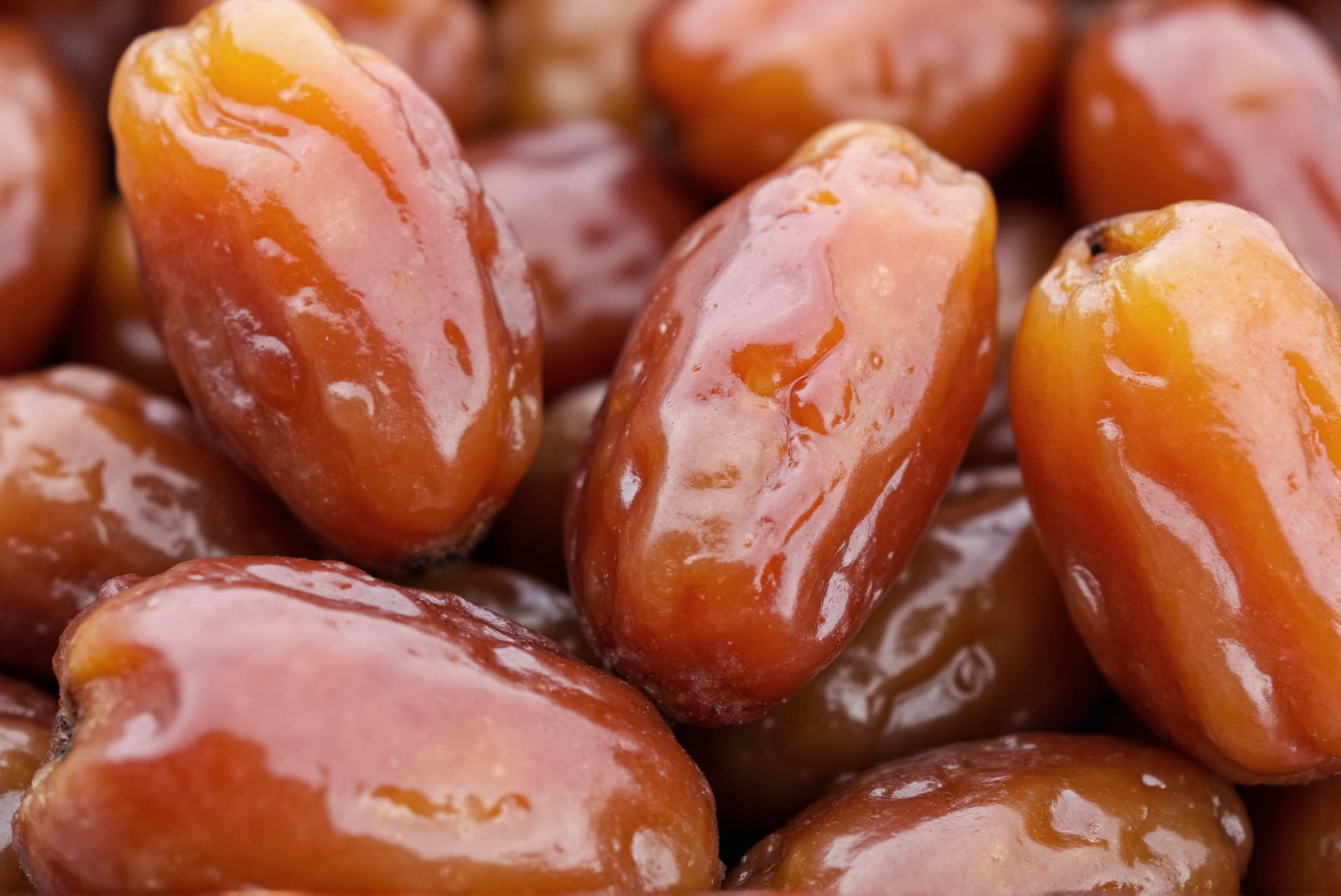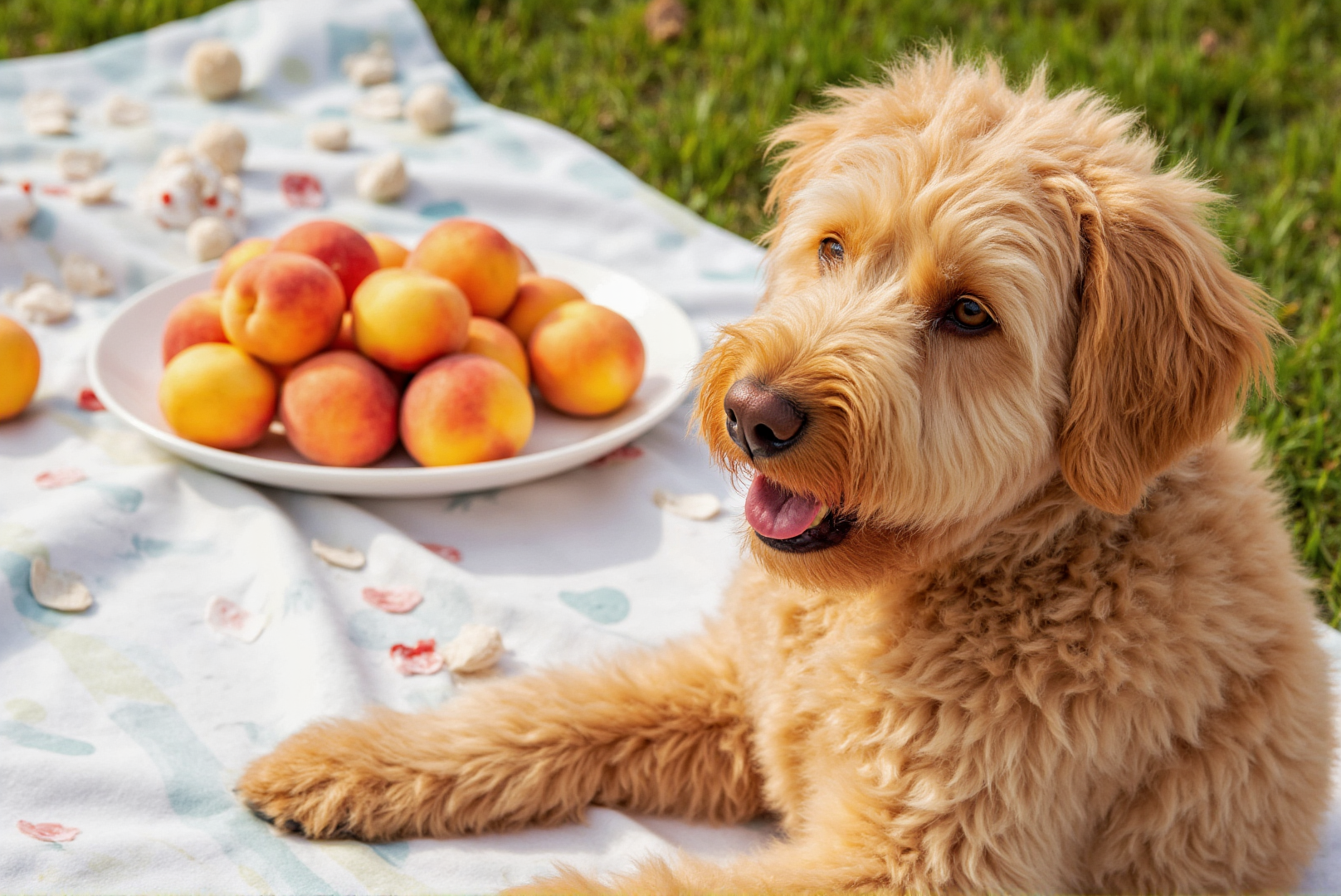Bread is one of the most common household foods, and many dog owners wonder if it's safe to share a slice with their furry companions. While plain bread isn't toxic to dogs, there are important considerations about when, how, and what types of bread dogs can safely consume.
Can Dogs Eat Bread?
Yes, dogs can eat bread in moderation. Plain white or wheat bread is generally safe for dogs when given as an occasional treat. However, bread offers minimal nutritional value for dogs and should never replace their regular, balanced diet. Some types of bread and bread dough can be dangerous, making it crucial to understand the dos and don'ts of feeding bread to dogs.
Nutritional Value of Bread for Dogs
Bread primarily consists of carbohydrates and offers limited nutritional benefits for dogs:
- Carbohydrates: Quick energy source, though dogs don't require many carbs
- Small amounts of protein: Varies by type, generally minimal
- B vitamins: Some enriched breads contain added vitamins
- Fiber: Whole grain varieties provide modest amounts
- Iron: Enriched breads may contain small amounts
Safe Types of Bread for Dogs
When sharing bread with your dog, stick to these varieties:
Plain White Bread
The safest option, though nutritionally empty. Best given in small amounts.
Whole Wheat Bread
Slightly more nutritious than white bread, with added fiber. Ensure it contains no harmful additives.
Plain Sourdough
Safe when fully baked, but avoid if it contains garlic or other seasonings.
Homemade Bread
Often the safest option as you control the ingredients. Avoid adding toxic ingredients like raisins or xylitol.
Dangerous Types of Bread
Never give your dog these types of bread:
Raisin Bread
Raisins and grapes are highly toxic to dogs and can cause kidney failure.
Garlic or Onion Bread
Both garlic and onions are toxic to dogs and can damage red blood cells.
Bread with Xylitol
This artificial sweetener is extremely toxic to dogs and can cause liver failure.
Moldy Bread
Contains mycotoxins that can cause serious neurological symptoms.
Seeded Breads
Some seeds can cause intestinal blockages or contain compounds harmful to dogs.
The Danger of Raw Bread Dough
Raw bread dough is extremely dangerous for dogs and constitutes a veterinary emergency:
Why It's Dangerous
- Expansion: The dough continues to rise in the warm stomach, causing painful bloating
- Alcohol poisoning: Yeast fermentation produces alcohol, leading to intoxication
- Obstruction: Can cause life-threatening gastric or intestinal blockage
Symptoms of Dough Ingestion
- Distended abdomen
- Unproductive retching
- Weakness or collapse
- Disorientation or "drunken" behavior
- Hypothermia
- Seizures
If your dog eats raw dough, contact your veterinarian immediately.
Feeding Guidelines
When giving bread to your dog:
Portion Control
- Small dogs: No more than 1/4 slice occasionally
- Medium dogs: Up to 1/2 slice occasionally
- Large dogs: Maximum 1 slice occasionally
Frequency
Bread should be an occasional treat, not a daily occurrence. Once or twice a week maximum is recommended.
Potential Health Concerns
Regular bread consumption can lead to:
Weight Gain
Bread is calorie-dense and can contribute to obesity, especially in less active dogs.
Digestive Issues
- Bloating and gas
- Constipation from low fiber white bread
- Diarrhea in sensitive dogs
Blood Sugar Spikes
The high carbohydrate content can cause rapid blood sugar increases, problematic for diabetic dogs.
Nutritional Imbalance
Filling up on bread may decrease appetite for nutritionally complete dog food.
Dogs Who Should Avoid Bread
Some dogs should not eat bread at all:
- Overweight or obese dogs: Extra calories worsen weight problems
- Diabetic dogs: Carbohydrates affect blood sugar levels
- Dogs with grain allergies: May react to wheat or other grains
- Dogs with sensitive stomachs: May experience digestive upset
- Dogs prone to pancreatitis: Even small amounts of fat can trigger episodes
Creative Uses for Bread
If you choose to give bread to your dog:
Medication Administration
A small piece of bread can help disguise pills or liquid medications.
Training Treats
Tiny bread cubes can work as low-value training rewards.
Puzzle Toy Filling
Small amounts can be used in puzzle toys for mental stimulation.
Healthier Alternatives to Bread
Consider these more nutritious options:
- Sweet potato slices: More nutrients and fiber
- Rice cakes: Plain, unsalted varieties
- Carrot sticks: Low calorie and good for teeth
- Apple slices: Natural sweetness without the empty calories
- Commercial dog treats: Formulated for canine nutrition
What to Do If Your Dog Eats Too Much Bread
If your dog consumes a large amount of bread:
- Monitor for signs of bloating or discomfort
- Ensure access to fresh water
- Skip the next meal if mild stomach upset occurs
- Watch for constipation over the next 24-48 hours
- Contact your vet if symptoms persist or worsen
Making Dog-Safe Bread
If you want to make bread specifically for your dog:
- Use whole grain flours for added nutrition
- Add dog-safe ingredients like pumpkin or banana
- Avoid sugar, salt, and artificial sweeteners
- Skip butter and oils
- Consider adding ground flaxseed for omega-3s
- Bake in small, portion-controlled sizes
Final Recommendations
While bread isn't toxic to dogs, it's essentially empty calories that provide minimal nutritional value. If you choose to share bread with your dog, ensure it's plain, given in small amounts, and only as an occasional treat. Always check ingredients carefully to avoid toxic additives, and never give dogs raw bread dough. Remember that a balanced, species-appropriate diet is far more important than sharing human foods. When in doubt about your dog's dietary needs or if they have specific health conditions, consult with your veterinarian for personalized guidance.




